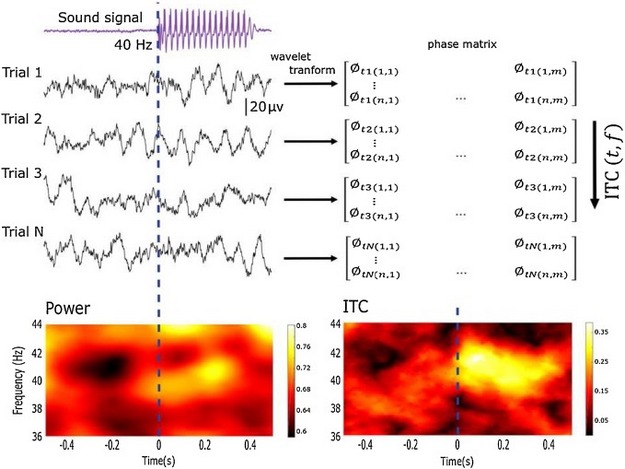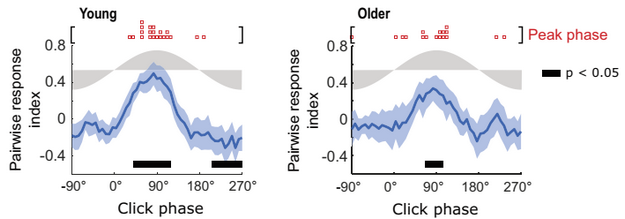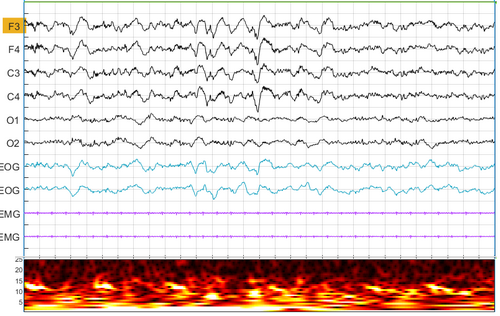Oscillatory mechanisms for memory consolidation during slow wave sleep
It is clear all my love for oscillations! So my questions always go around knowing their cognitive and physiological functions. In this review, we discuss recent and older works for trying to understand how the brain mechanisms of sleep oscillations support memory processes.
Memory consolidation during slow-wave sleep is supported by slow oscillations (SOs), spindles, and hippocampal ripples. Recent evidence in both rodents and humans has demonstrated that consolidation is mediated by a bidirectional hippocampal-cortical loop.

Dynamics of the memory consolidation process
Here, we discuss oscillatory mechanisms by which the interaction of these non-REM oscillations may provide an appropriate neural framework for both the TOP-DOWN and the BOTTOM-UP processes in this cycle.
We also discuss how non-REM oscillations promote cortical plasticity for new memories, while simultaneously downregulating the representations of information in hippocampal networks.
Finally, we point out that not all individual instances of non-REM oscillations play a role in the consolidation process. Instead, the capacity of these rhythms to support memory is determined by a triple SO-spindle-ripple coupling provided by thalamocortical dynamics. Importantly, large, spatially synchronized SOs promote thalamic down-states and spindles, boosting the probability of this triple coupling.
You can access our review here
Navarrete M, Valderrama M., Lewis PA (2020). The role of slow-wave sleep rhythms in the cortical-hippocampal loop for memory consolidation. Curr Opin Behav Sci, 102 – 110. https://doi.org/10.1016/j.cobeha.2020.02.006
Note: Please contact me if you’d like full-text copies of a paywalled article.




